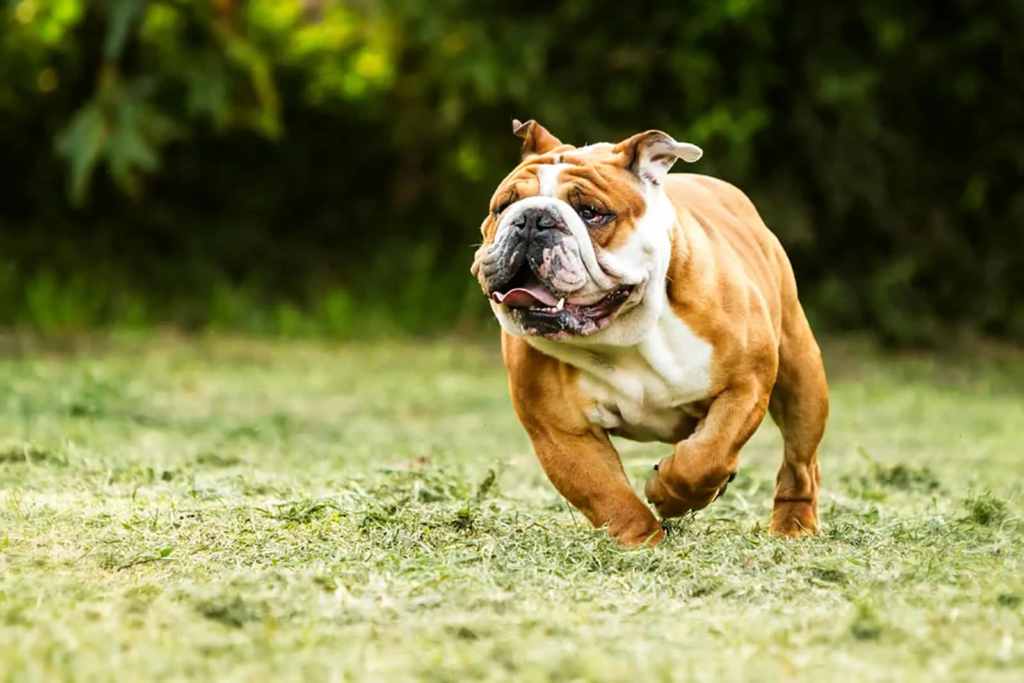Understanding Dog Underbite: Causes, Implications, and Treatment Options

A dog’s bite is an important aspect of their overall dental health, and variations in bite alignment can occur. One such variation is a dog underbite, also known as a prognathism. In this article, we will explore what a dog underbite is, its potential causes, the implications it may have on a dog’s health, and the available treatment options.
- Understanding Dog Underbite:
A dog underbite refers to a dental condition where the lower jaw protrudes forward, causing the lower teeth to overlap or cover the upper teeth when the mouth is closed. This can result in an imbalance in the alignment of the jaws, affecting the dog’s bite and facial appearance. - Causes of Dog Underbite:
Dog underbites can occur due to various factors, including genetics, breed predisposition, and jaw development. Some dog breeds are more prone to underbites, such as Boxers, Bulldogs, and Shih Tzus. In some cases, the underbite may be inherited from parents with similar dental characteristics. Other contributing factors can include malocclusion of the teeth, skeletal abnormalities, or early trauma to the jaw during development. - Implications of Dog Underbite:
While a mild underbite may not pose significant health concerns, more severe cases can lead to potential issues. Dental problems, such as tooth wear, chipping, or increased plaque buildup, may arise due to the abnormal alignment of the teeth. Additionally, the misalignment of the jaws can impact the dog’s ability to chew and properly break down food, potentially leading to digestive problems or malnutrition. In some cases, a pronounced underbite may also affect a dog’s ability to close their mouth completely, leading to drooling or discomfort. - Treatment Options for Dog Underbite:
The appropriate treatment for a dog underbite depends on the severity and underlying cause. In mild cases, no intervention may be required, especially if the dog does not experience any discomfort or health issues. However, in more severe cases that impact a dog’s quality of life, treatment options may include:
- Dental Care: Regular dental cleanings and proper oral hygiene can help maintain oral health and minimize the risk of dental complications.
- Orthodontic Devices: In some instances, orthodontic devices, such as braces or corrective appliances, may be recommended to gradually shift the teeth and realign the jaws.
- Surgical Correction: In severe cases where functional or health issues arise, surgical intervention may be necessary to correct the underbite and realign the jaws. This option is typically considered when other treatments have not provided satisfactory results.
Dog underbites can vary in severity and may impact a dog’s dental health and overall well-being. While mild cases may not require treatment, more severe underbites can lead to dental problems and potential discomfort for the dog. If you suspect your dog has an underbite or are concerned about their dental health, it is recommended to consult with a veterinarian or a veterinary dentist. They can assess the situation, provide appropriate guidance, and recommend treatment options to address any potential issues associated with the underbite. Regular dental care and early intervention, when necessary, can help maintain your dog’s oral health and ensure their overall comfort and well-being.